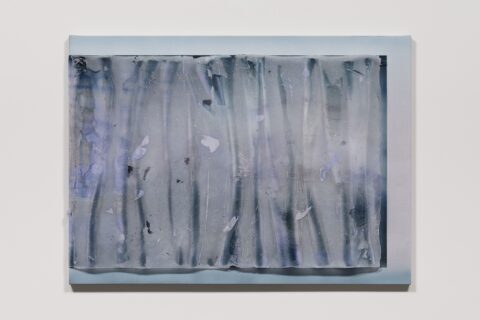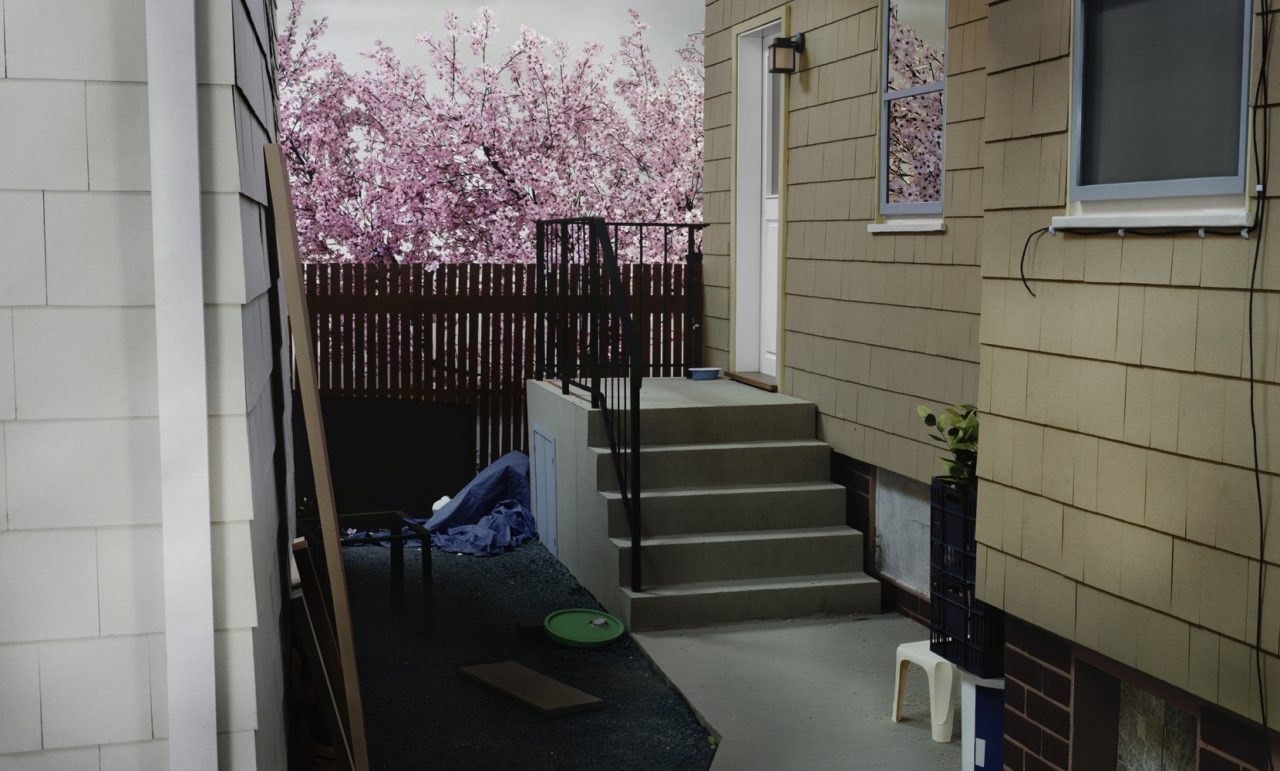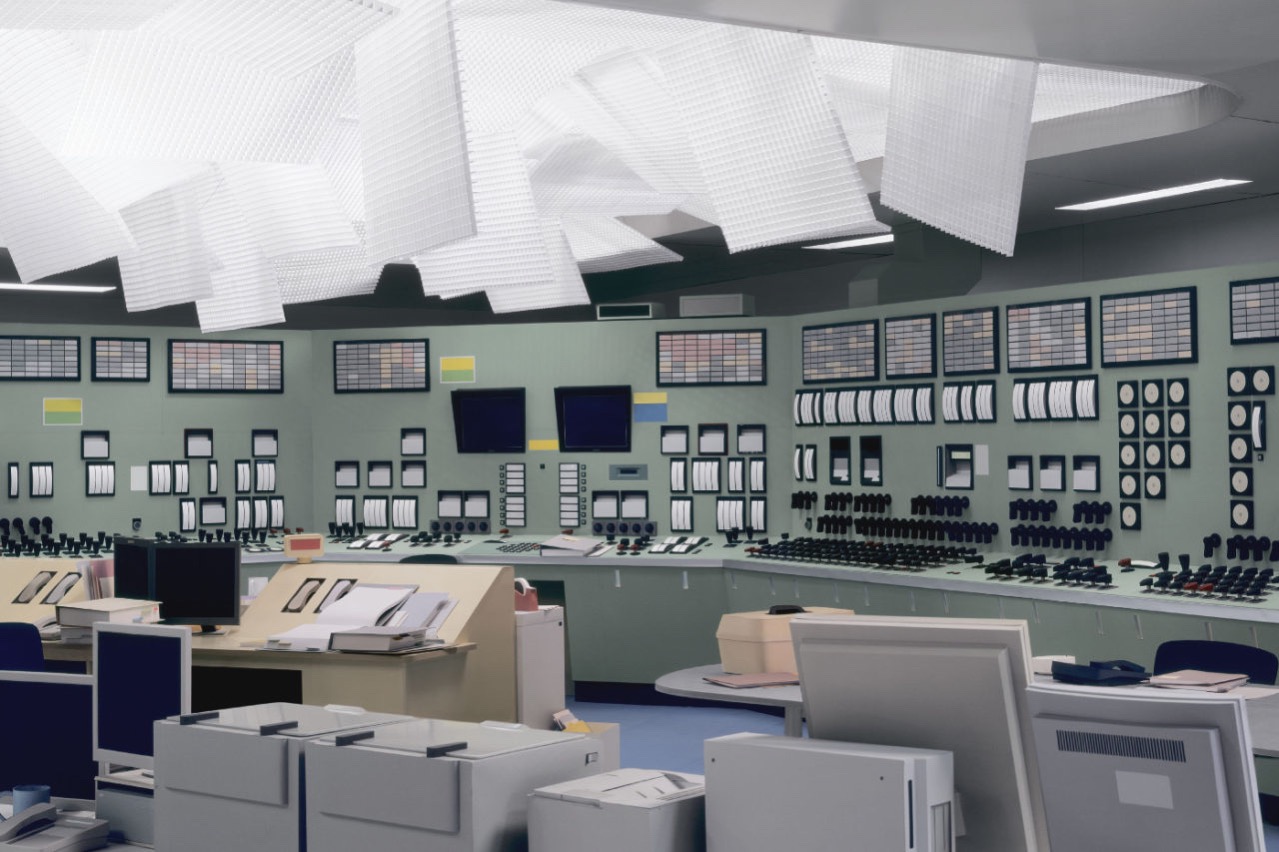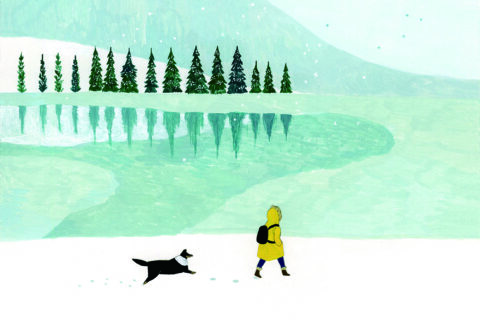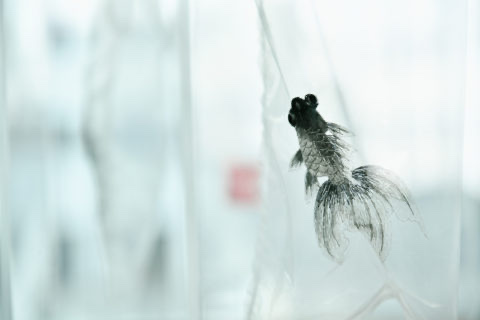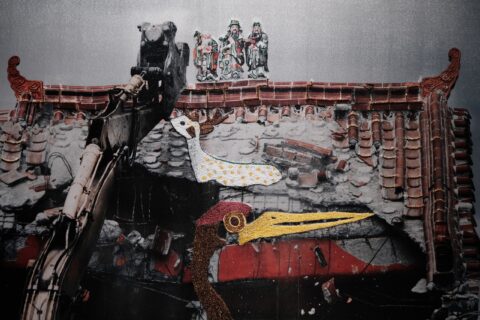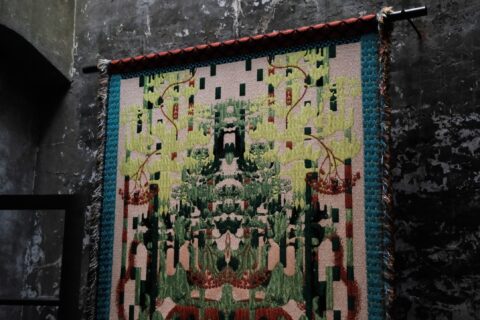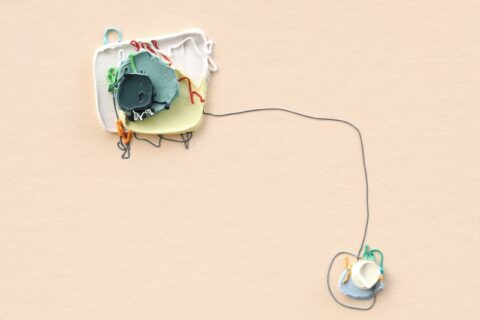如何分辨出謊言?當虛構如此真實,而現實又那麼令人難以置信。
展覽「The Boat is Leaking. The Captain Lied.」正於意大利威尼斯的Prada Foundation中舉行。電影製作人Alexander Kluge、舞台設計師Anna Viebrock及藝術家Thomas Demand,三人的作品形成了一個關於歷史、私密、工業化及幻覺的迷樣空間。定居洛杉磯德國裔的Thomas Demand,他的攝影作品<後園>(The Backyard),記錄了種有櫻花的後園,園中有雜物及常用的燈飾。照片彷彿記錄美國尋常家庭後園的模樣。
以為照片是記錄真相,Demand的作品卻是déjà vu。
<後園>是以咭紙造成的模型,Demand的藝術都是幻覺的展示。立體三維的物件,都是真實或者是最接近真實吧。平面的照片只記錄一剎,沒有具體的前文後理,很難判是孰真孰假。Demand找來現成的圖片,以3D打印技術造成紙模型,再以攝影記錄,最後把模型毀掉。有圖不是有真相,實相也不單是立體便能呈現。吊詭的是Demand用最便宜及脆弱的物資 — 紙 — 去重塑真相。
<控制室>(Control Room)是Demand於2011年的作品,他重塑並以攝影記錄了311大地震後,日本福島一號核電廠的控制室。Demand發現近年最重要的照片均非出自攝影記者鏡頭下,反而是涉及事件中的人,也許是受害人吧。在<控制室>中,仔細如天花因地震破壞的情況也看到,作品參照的正是一張由留守核電廠職員所拍的照片。天花板是一重象徵,是較接近災難真相的投射,報章或許不會以文字來描寫,沒有到過現場的人也想像不到這些細節。有人說Demand是用紙來建構歷史,當中蘊含喻意,但他本人卻指創作的初衷遠不止要指涉歷史、真相及虛幻等概念。Demand要突顯所謂的現實幾乎以光速在變化,以照片去紀錄所謂的一刻真相,到下一刻真相可能已經走樣。
在一個真相會走樣的年代,船長並沒有說謊,這一刻大家仍可以在享受航程,歌舞昇平。但下一刻,船已觸礁入水了。
How can you tell lies from truth, when fiction is so real, and the reality is so beyond belief?
An exhibition titled “The Boat is Leaking. The Captain Lied.” is being held at Prada Foundation in Venice, Italy. The creations of three individuals, namely Alexander Kluge, a movie producer, Anna Viebrock, a stage designer, as well as Thomas Demand, an artist, combine to form a mysterious space about history, personal secrets, industrialization and hallucinations.“The Backyard” is a work of photography by Thomas Demand, a German based in Los Angeles, which captures a backyard with cherry blossoms. In the backyard, there are miscellaneous items as well as common lighting. The photograph has seemingly captured how a backyard of a regular American family looks like.
Contrary to the expectation that his work has recorded the truth, this piece of work by Demand is actually déjà vu.
“The Backyard” is a model put together by cardboards. Demand’s artwork is all about representing hallucinations. 3D objects are either real or the closest thing to reality while 2D photographs only record a moment in time, and without any background information, it is very difficult to tell if it is real. Demand turns readily available photos into paper models using 3D printing technology, and then capture them in photographs before destroying the models in the end. A photo does not represent the truth, and three-dimension alone does not represent the reality. Paradoxically, Demand tries to use paper, the cheapest and the most fragile material, to reconstruct the truth.
“Control Room” is Demand’s work from 2011. He reconstructed and used photography to leave a record of a control room in Fukushima Daiichi Nuclear Power Plant in the aftermath of the 3.11 earthquake. Demand discovered that the most significant photographs in recent years were not taken by photographers, but by those involved in the incidents, or perhaps the victims. In “Control Room”, you can see small detail like the ceiling damaged in the earthquake, with reference to a photograph taken by a worker who stayed behind at the nuclear plant. Ceiling is a symbol, a reflection of something relatively close to the truth. The newspaper may not describe it in words, and those who had not been at the scene would not have imagined such small details. It is said that Demand is trying to use paper to construct history, and that it contains a symbolic meaning. Demand himself noted that the purpose of his creations went far beyond just touching upon such concepts as history, truth and illusions. Demand intends to highlight that the so-called reality undergoes changes at lightning speed. If you use a photo to capture a so-called moment of truth, the truth might shift already just one moment later.
At an age when the reality can shift, the captain has not lied. At this moment, everyone can still continue to enjoy the sea journey, singing and dancing in celebration. But the next moment, the ship has already hit the rocks and started taking in water.
Image courtesy of Thomas Demand; Sprüth Magers
